Older adults can save tens of thousands of dollars annually by choosing assisted living communities over aging in place in their homes.
Unlike point solutions, Inspiren unifies resident safety, care planning, staffing, and emergency response into a single AI-powered platform.
An artificial intelligence-powered virtual assistant platform for senior living and care providers.

 October 2020 -- when the fall travel season never started. And the unthinkable has become normal. These days it seems like businesses only congregate in Zoom-like rooms. But despite that, product announcements and innovations appear despite the missing in-person fanfare. The 30+ research report interviews are complete and the writing begun for "The Future of Remote Care Technology and Older Adults." The goal -- publish in early December in conjunction with the
October 2020 -- when the fall travel season never started. And the unthinkable has become normal. These days it seems like businesses only congregate in Zoom-like rooms. But despite that, product announcements and innovations appear despite the missing in-person fanfare. The 30+ research report interviews are complete and the writing begun for "The Future of Remote Care Technology and Older Adults." The goal -- publish in early December in conjunction with the  What’s up with investing in home care and technology? Some recent announcements offer almost the same
What’s up with investing in home care and technology? Some recent announcements offer almost the same 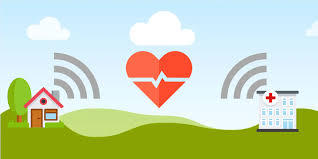 What is the status and future of remote care technologies? As the research interviews for the 2020 report “Future of Remote Care Technology and Older Adults” wind down, a few themes become apparent. This work
What is the status and future of remote care technologies? As the research interviews for the 2020 report “Future of Remote Care Technology and Older Adults” wind down, a few themes become apparent. This work 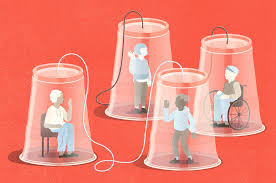 Life has been worsening for older adults – in senior living and at home. Every day there is some new article about the
Life has been worsening for older adults – in senior living and at home. Every day there is some new article about the 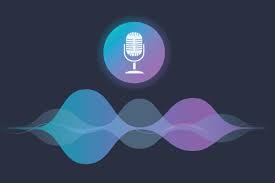 Voice-enabled innovation softly races ahead. Technology innovation announcements whiz by at what seems to be a breakneck pace. Consider
Voice-enabled innovation softly races ahead. Technology innovation announcements whiz by at what seems to be a breakneck pace. Consider  The boomer-and-beyond market has caught the eye of the tech industry.
The boomer-and-beyond market has caught the eye of the tech industry. 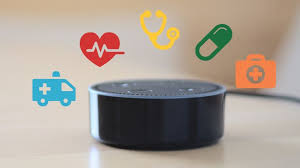 It’s been an interesting technology week
It’s been an interesting technology week Aging in place – the latest trend. Rant on. People want to age in place – just ask them, as
Aging in place – the latest trend. Rant on. People want to age in place – just ask them, as  Surprise (maybe) – Philips puts Lifeline business up for auction. How do I know this? Not from any news article other than
Surprise (maybe) – Philips puts Lifeline business up for auction. How do I know this? Not from any news article other than 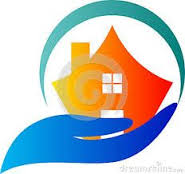 Venture interest in Aging in Place – is it a turning point?
Venture interest in Aging in Place – is it a turning point?